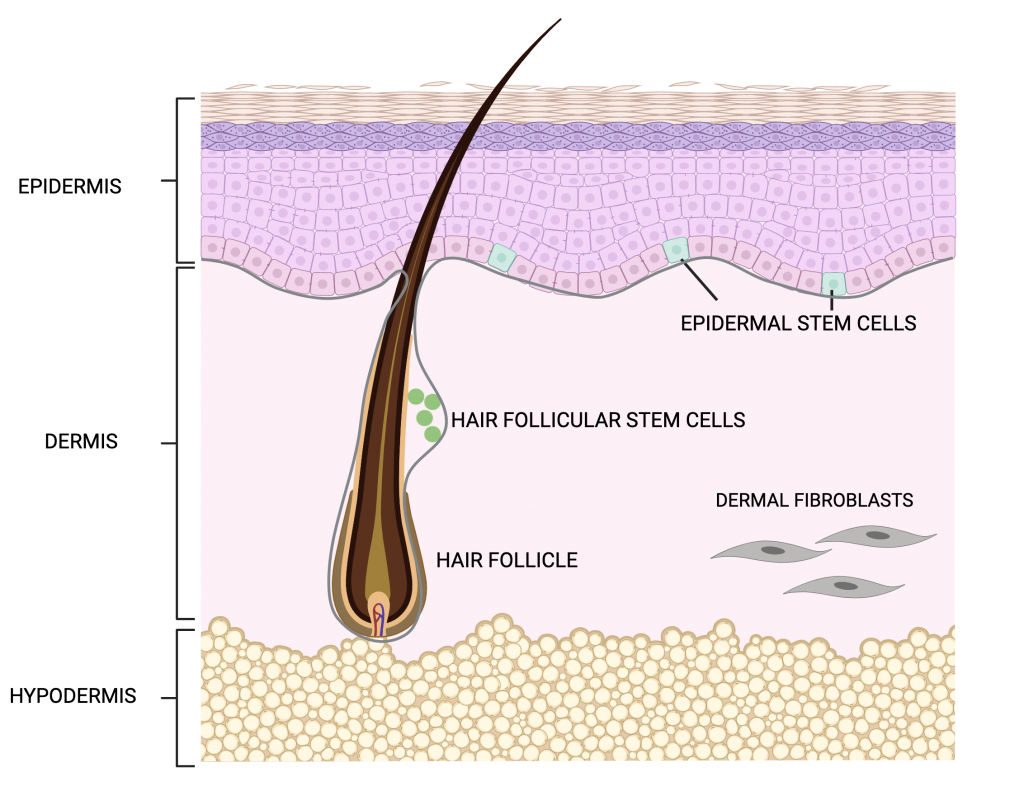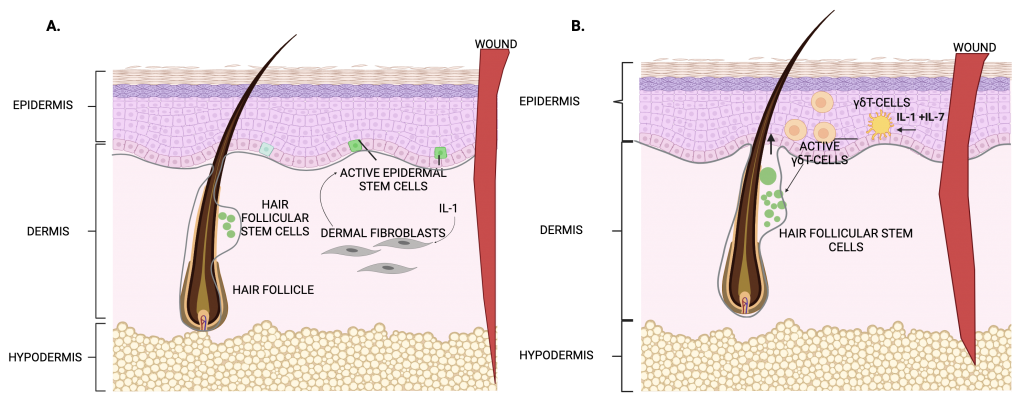Every year as we celebrate our birthdays, we mark the addition of a year to our lives. Our birthdays determine our chronological age measured in days, months and years since the day we were born. Biological aging on the other hand is another measure of aging that accounts for the gradual accumulation of cellular and tissue damage that occurs in the body as we grow older. Aging is a natural process and various factors contribute to biological aging, including our chronological age, genetics, lifestyle, nutrition, and physical activity. Research has shown poor nutrition and low physical activity can accelerate biological aging. Accelerated biological aging is marked by increased levels of certain hallmarks of cellular damage, leading to chronic diseases. Poor nutritional habits and sedentary lifestyles have been associated with increased risk of heart diseases, high blood pressure, cholesterol and type 2 diabetes. Additionally, over 60% of the aging population (>65 years) is expected to be affected by more than one chronic disease by 2030. Research has also shown that lifestyle interventions may reduce or delay the progress of biological aging. In this regard, Aline Thomas and colleagues obtained real life data from a large cohort of US adults to study the association between lifestyle behaviors and biological aging using mathematical models. They assessed signs of aging in individuals who engaged in some form of moderate to vigorous physical activity in their leisure time and followed a diet that resembled a mediterranean diet compared to individuals who followed a less-healthy lifestyle. A Mediterranean diet focuses on plant-based foods and healthy fats. It includes vegetables, fruits, whole grains, fish and extra virgin olive oil as a source of healthy fats. The researchers studied diet, exercise, and variations in healthy lifestyle behaviors across different age groups, genders, and body mass indices (BMI).
Dr. Thomas and colleagues combined data collected over a period of 20 years from 1999-2018 for their study. The study included 42,625 participants between the ages of 20-85 and assessed the adherence to the Mediterranean diet and an exercise regimen using a point based system. Inclusion of fruits and vegetables, legumes, cereals, fish and a ratio of mono-unsaturated to saturated fats were each awarded one point. A healthy Mediterranean diet also includes a mild-moderate amount of alcohol, which is 0-1 glass for women and 0-2 glasses for men. So, a point was given if a mild-moderate amount of alcohol was consumed. Dairy products and meat are not part of the Mediterranean diet. If participants had consumed these foods but had consumed it less than a specific amount, they were still awarded a point. The points were totaled and found to be between 0 and 9. Higher scores meant a higher adherence to the Mediterranean diet. Leisure time physical activity (LTPA) describes any physical activity performed during participants free disposable time. The researchers assessed LTPA based on the frequency, duration and intensity to calculate points / scores for each activity. They categorized the activity levels based on the scores per week into four groups ranging from – sedentary (0 points), low (<500 points), moderate (500-1000 points) and high (>1000 points). Biological age was calculated using an algorithm called PhenoAge. The algorithm calculates biological age based on chronological age and 8 biomarkers obtained from blood samples.
The study included individuals across different races, socio-economic backgrounds, marital statuses, income to poverty ratios, and with various lifestyle-related factors (e.g., smoking, BMI category, total energy intake), making it a representative population of US adults. The researchers found very interesting observations relating to diet and exercise. They discovered that adherence to a relatively healthy diet and engagement in physical activity were independently associated with a lower biological age. Participants with a healthy diet and some level of activity were on average 1 biological year younger than the participants with the least healthy diet and sedentary lifestyle. Another very interesting finding was that individuals who had a less healthy diet but who were active even at a low level showed delayed biological aging. However, delayed biological aging was not found in participants with a healthy diet and a sedentary lifestyle, suggesting that moderate physical activity is a key component of healthy biological aging.
The findings of this study reiterates the need for better lifestyle choices across all strata of the population as the results were consistent regardless of age, sex and BMI category. A nutritious diet and moderately active lifestyle can have a positive impact on health, aging and quality of life. Getting older is inevitable, but you may be one year younger with a healthy diet and an exercise routine.
Reviewed by: Trang Nguyen, Giulia Mezzadri, Erin Cullen, Maaike Schilperoort




